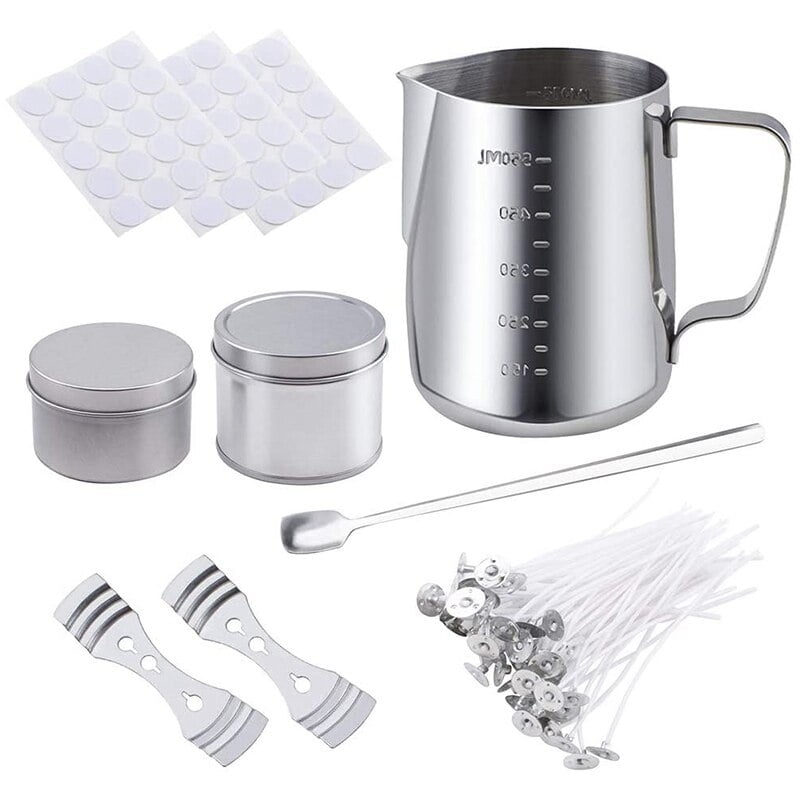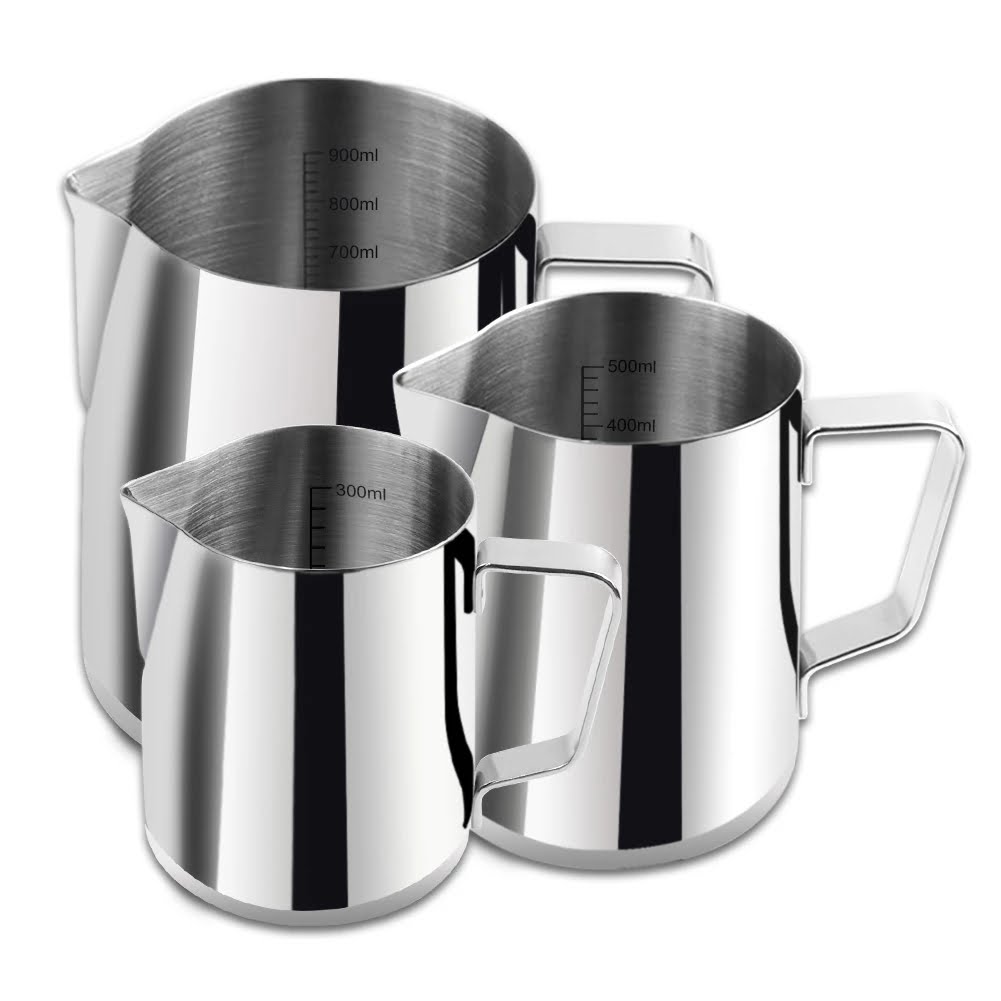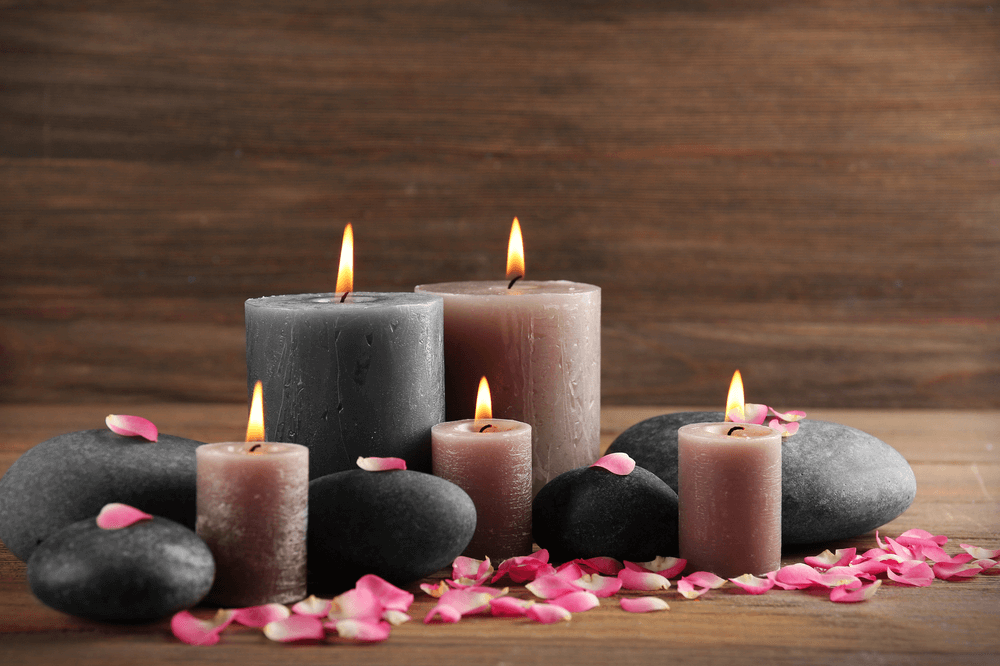Are you interested in making homemade candles with natural soy wax? As the popularity of homemade candles continues to rise as both a hobby and a business, many people are turning to natural soy wax for its numerous benefits. In this article, we will explore the basics of candle making, including the essential equipment and materials needed, as well as providing step-by-step instructions on how to properly prepare the work area for candle making.
Natural soy wax offers several advantages over traditional paraffin wax, including being biodegradable, renewable, and non-toxic. Additionally, soy wax burns cleaner and slower than paraffin, making it an ideal choice for those looking to create environmentally-friendly candles. With the increasing demand for eco-friendly products, homemade soy wax candles have become a popular choice among consumers.
Whether you are new to candle making or an experienced crafter looking to expand your skills, this article will provide valuable insights into choosing the right soy wax for candle making projects. From selecting the best fragrance oils and candle dyes to detailing various candle-making techniques and safety measures, we will cover everything you need to know to create beautiful homemade soy wax candles. So let’s dive into the world of candle making with natural soy wax.
The Basics of Candle Making
Essential Equipment and Materials
Making homemade candles with natural soy wax requires a few essential items to get started. These include soy wax, wicks, fragrance oils, candle dyes, a double boiler or melting pot, thermometer, and containers or molds for the candles. It’s important to use high-quality materials to ensure the best results in your candle-making endeavors. Additionally, having a designated work area that is clean and well-ventilated is crucial for safety and efficiency.
Preparing the Work Area and Materials
Before beginning the candle-making process, it’s essential to properly prepare your work area and materials. Clear any clutter from your workspace and cover the surface with newspaper or parchment paper to protect it from spills. Ensure that all equipment is clean and free from any debris or residue from previous use.
Gather all necessary materials within reach to streamline the process once you begin melting the soy wax. By taking the time to prepare your work area and materials beforehand, you can create homemade soy wax candles in a more organized and efficient manner.
Melting the Soy Wax
To start making homemade candles with natural soy wax, begin by melting the soy wax flakes in a double boiler or melting pot over medium heat. It’s crucial to monitor the temperature of the melted wax using a thermometer to prevent overheating or scorching.
Once the soy wax reaches its optimal melting point, remove it from heat and allow it to cool slightly before adding fragrance oils or candle dyes. By following these steps for properly preparing your work area and materials as well as effectively melting the soy wax, you can ensure successful results when creating homemade soy wax candles.
Choosing the Right Soy Wax for Candle Making
When it comes to making homemade candles with natural soy wax, choosing the right soy wax is crucial for achieving the desired results. There are several types of natural soy wax available in the market, each with its own unique characteristics that can impact the quality and appearance of the finished candles.
One popular type of soy wax is container blend soy wax, which is specifically designed for making container candles. It has a lower melting point and is formulated to adhere well to the sides of containers, resulting in a smooth and even burn.
Another option is pillar blend soy wax, which is ideal for creating freestanding pillar candles. This type of soy wax has a higher melting point and is formulated to shrink slightly when it cools, allowing for easy release from mold or container. For those interested in making tea lights or votive candles, there is also a specialty tea light blend soy wax available that is designed to produce optimal results for these smaller candle types.
When selecting the right soy wax for a candle-making project, it’s important to consider factors such as the intended use of the candles, desired burn time, fragrance load capacity, and any specific aesthetic preferences. Additionally, some soy waxes are formulated to work best with certain types of wicks or fragrance oils, so it’s essential to choose a soy wax that aligns with the overall vision for the homemade candles.
Ultimately, understanding the properties and suitability of different types of natural soy wax will empower candle makers to make informed decisions that result in high-quality homemade candles with beautiful finishes.
| Types of Natural Soy Wax | Main Characteristics |
|---|---|
| Container Blend Soy Wax | Lower melting point; ideal for container candles |
| Pillar Blend Soy Wax | Higher melting point; suitable for pillar candles |
| Specialty Tea Light Blend Soy Wax | Designed for tea lights and votive candles |
Adding Fragrance and Color to Homemade Soy Candles
Exploring Scent and Color Options
When making homemade candles with natural soy wax, one of the most exciting aspects is adding fragrance and color to create unique and personalized candles. There are a wide variety of fragrance oils and candle dyes available in the market, allowing candle makers to customize their creations according to their preferences. From floral scents to fruity aromas, and from vibrant colors to pastel shades, the options for creating beautiful soy wax candles are virtually limitless.
Choosing the Right Fragrances and Candle Dyes
Selecting the appropriate fragrance oils and candle dyes is crucial in achieving the desired result for homemade soy candles. It’s essential to consider factors such as the strength of scent, compatibility with soy wax, and overall safety when choosing fragrance oils.
Likewise, when selecting candle dyes, it’s important to ensure that they are specifically designed for use in soy wax candles to achieve vibrant and long-lasting colors. By experimenting with different combinations of scents and colors, candle makers can create truly unique products that appeal to their target audience.
Blending Techniques for Aromas and Pigments
Incorporating fragrances and colors into soy wax requires proper blending techniques to ensure an even distribution throughout the candle. Whether using liquid or solid fragrances, it’s important to thoroughly blend them into the melted soy wax at the appropriate temperature for optimal scent throw.
Similarly, when incorporating candle dyes, achieving consistent coloring throughout the wax is essential for a visually appealing finished product. Understanding proper blending techniques for aromas and pigments is key in producing high-quality homemade soy wax candles with rich scents and vibrant colors.
By paying close attention to fragrance selection, color choices, and blending methods, crafters can elevate their homemade candle-making experience by creating visually stunning products with irresistible aromas. Whether crafting candles for personal enjoyment or as part of a business venture, adding fragrance and color allows individuals to showcase their creativity through meticulously crafted soy wax candles.
Candle-Making Techniques and Tips
When it comes to making homemade candles with natural soy wax, there are several different techniques to consider. Each technique offers a unique way to create beautiful and functional candles. Here are some popular candle-making techniques:
1. Container Candles: This technique involves pouring melted soy wax into a container, such as a mason jar or glass holder, along with a wick. Container candles are easy to make and can be customized with various fragrances and colors.
2. Pillar Candles: Making pillar candles involves using molds to shape the wax into a pillar or column shape. This technique allows for more creativity in terms of adding layers of different colors or incorporating decorative elements like dried flowers or herbs.
3. Tea Lights: Tea lights are small, disposable candles that are perfect for creating an ambiance in any space. These can be made by pouring melted soy wax into small metal or plastic cups with pre-tabbed wicks.
In addition to these techniques, here are some tips for successfully making homemade soy wax candles:
– Use high-quality materials: Using natural soy wax, fragrance oils, and candle dyes of good quality will ensure better results in terms of scent throw and burn time.
– Proper temperature control: It’s important to monitor the temperature of the melted wax when adding fragrance oils and dyes to avoid discoloration or evaporation of scents.
– Patience is key: Allow enough time for the candles to cool and set properly before trimming the wick and lighting them for use.
By mastering these techniques and following these tips, you can create beautiful homemade soy wax candles that not only look stunning but also fill your space with delightful fragrance.
Safety Measures for Candle Making
When it comes to making homemade candles with natural soy wax, safety should always be a top priority. Working with hot wax and fragrances can pose certain risks, so it is essential to follow proper safety measures to ensure a safe and enjoyable candle-making experience.
To start, it is crucial to work in a well-ventilated area to avoid inhaling potentially harmful fumes from the melting wax and fragrance oils. Additionally, using appropriate personal protective equipment such as gloves and safety goggles can help protect the skin and eyes from accidental splashes or spills. It is also imperative to keep a fire extinguisher nearby as an added precaution.
Furthermore, when working with hot wax, it is important to handle it with care to avoid burns or other injuries. Always use heat-resistant containers and tools when melting and pouring the wax. In addition, never leave the melting wax unattended, as it can pose a fire hazard.
Lastly, proper storage of candle-making materials and equipment is essential for maintaining a safe workspace. Keep all supplies out of reach of children and pets, store them in a cool, dry place away from direct sunlight or heat sources, and ensure that containers are tightly sealed to prevent accidental spills or contamination.
By following these safety measures, enthusiasts can enjoy the art of making homemade candles with natural soy wax while minimizing potential risks and hazards.
| Safety Measures | Importance |
|---|---|
| Working in a well-ventilated area | To avoid inhaling potentially harmful fumes |
| Using personal protective equipment | To protect the skin and eyes from accidents |
| Handling hot wax with care | To avoid burns or injuries |
Troubleshooting Common Candle-Making Issues
When making homemade candles with natural soy wax, it is not uncommon to encounter some issues along the way. Understanding how to troubleshoot these common problems can help ensure successful candle-making outcomes. Here are some of the most frequently encountered issues and their solutions:
- Uneven Cooling: Sometimes, homemade soy wax candles can cool unevenly, leading to an unsightly appearance. To prevent this issue, try placing the candles in a draft-free area and avoid moving them until they have fully set.
- Sinking Centers: If you notice a depression or sinking in the center of your homemade soy wax candle after it has cooled, this could be due to air pockets forming as the candle sets. To fix this issue, you can gently heat the top layer of the candle with a heat gun or hairdryer and then carefully add more melted wax to fill in the depression.
- Frosting: Frosting is a common occurrence in natural soy wax candles and appears as a white crystalline pattern on the surface of the candle. To minimize frosting, try pouring your candles at a slightly higher temperature and allowing them to cool gradually.
In addition to these troubleshooting tips, it’s important for candle makers to pay attention to factors such as fragrance ratios, dye concentrations, and wick selection. By understanding how each element contributes to the overall quality of homemade soy wax candles, creators can achieve beautiful results and enjoy a satisfying candle-making experience.
Remember that practice makes perfect when it comes to making homemade candles with natural soy wax. Don’t be discouraged by initial setbacks; instead, use them as learning opportunities to improve your craft and create stunning handmade candles for yourself and others to enjoy.
Creative Ideas for Homemade Soy Wax Candles
In conclusion, making homemade candles with natural soy wax offers a plethora of benefits and opportunities for creativity. The increasing popularity of this hobby and business venture is evident in the variety of unique candle-making ideas and projects available. Whether it’s creating personalized scents, experimenting with different colors and designs, or customizing candles for special occasions, the possibilities are endless.
By learning the basics of candle making, choosing the right soy wax, adding fragrance and color, mastering various techniques, and adhering to safety measures, enthusiasts can embark on a fulfilling journey of making their own soy wax candles. Additionally, troubleshooting common issues that may arise during the process is essential to ensure successful outcomes.
The joy of creating homemade candles not only lies in the finished product but also in the artistic expression and satisfaction it brings. Whether it’s for personal use or as thoughtful gifts for loved ones, engaging in candle making allows individuals to explore their creativity while producing natural and eco-friendly products. Overall, diving into the world of making homemade candles with natural soy wax opens up a world of possibilities for both hobbyists and aspiring entrepreneurs alike.

Welcome to my candle making blog! In this blog, I will be sharing my tips and tricks for making candles. I will also be sharing some of my favorite recipes.





